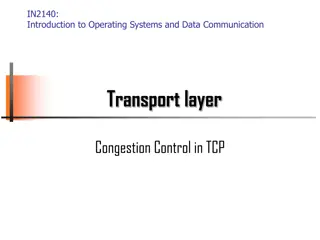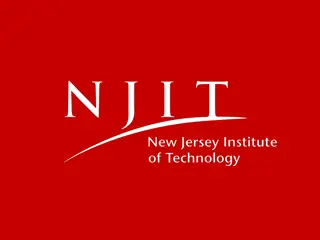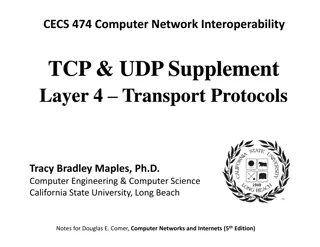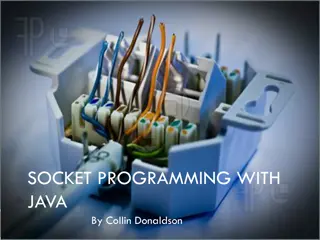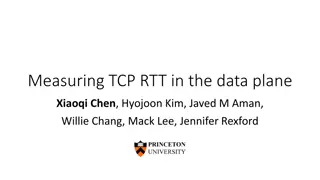
Consequences of TCP & RCEP Trade Deals Explained
Explore the shift from WTO regulations to Free Trade Agreements among Asian-Pacific countries, reasons behind the change, FTA agendas in ASEAN countries, consequences of FTA proliferation, and issues faced within the Asian-Pacific trade area. Discover the differences between TCP and RCEP mega-regional trade deals presented with detailed insights and informed perspectives.
Download Presentation

Please find below an Image/Link to download the presentation.
The content on the website is provided AS IS for your information and personal use only. It may not be sold, licensed, or shared on other websites without obtaining consent from the author. If you encounter any issues during the download, it is possible that the publisher has removed the file from their server.
You are allowed to download the files provided on this website for personal or commercial use, subject to the condition that they are used lawfully. All files are the property of their respective owners.
The content on the website is provided AS IS for your information and personal use only. It may not be sold, licensed, or shared on other websites without obtaining consent from the author.
E N D
Presentation Transcript
TCP & RCEP TRADE DEAL CONSEQUENCES PRESENTED BY: AARON HILL
FTAS Before 2000 major Asian-Pacific countries were under WTO regulations.1 Are bilateral agreements that permit countries to circumvent WTO rules to make trading more efficient. Countries became frustrated by other methods in WTO bargaining so they switched to Free Trade Agreements.2
3 Main Reasons for Change from Bilateral Trade Agreements to FTA s Firstly, many countries have turned to FTA s to circumvent WTO regulations. Specific countries (particularly developed) interested in WTO Trade Issues. I.E. Intellectual property, investments etc.3 Forced coercion into defensive signing by others in order to avoid being left out .
FTA Agendas amongst ASEAN countries Certain countries use for Geo-political reasons and not in good-will. These countries use for signaling diplomatic purpose other than pure economic gains.4 ASEAN COUNTRIES: Thailand, Vietnam, Indonesia, Singapore, Philippines, Malaysia, Myanmar, Cambodia, Laos, Brunei
FTA Proliferation Consequences Due to convoluted and questionable FTA s Asian-Pacific trading is no longer flat & unilateral . It is now complicated and layered.5
ASEAN STATES South-East Asian governments have signed 19 FTA s since 2000, majority of such with larger economic partners (Japan, Korea & Australia).6 Are generally responsible for shift to FTA s in Asian - Pacific area. Imposed close to 0-5% tariff on all intra-ASEAN trade.
Problems with FTAs For many FTA s have failed to encourage trade liberalization or economic cooperation in Asia- Pacific area. Noodle-Bowl Problem. Different FTA s impact people differently and further complicate that already difficult Asian-Pacific trade area.7
MEGA-REGIOANAL TRADE DEALS: TCP & RCEP TCP & RCEP radically different.8 These proposals are radically different and are considered rivals .
TCP Is led by the U.S. Is open to all willing Asian-Pacific countries. Costly
RCEP Seeks to alleviate Noodle-Bowl problem by simplification of FTA s and trade cooperation in Asian-Pacific areas. Most countries more open to this option if it works as opposed to TCP. ASEAN countries might prefer RCEP. Helps retain there geo-political position in Asian Pacific Economy.9
SOURCES Mega-Regional Trade Deals in the Asia-Pacific: Choosing Between the TPP and RCEP?, Jeffrey D. Wilson.





